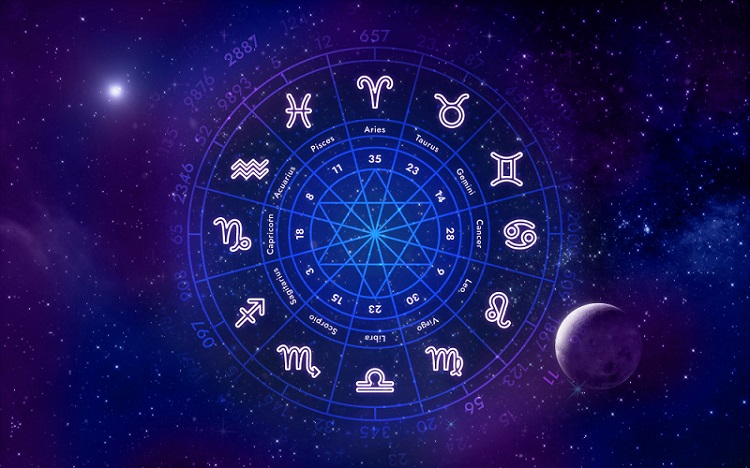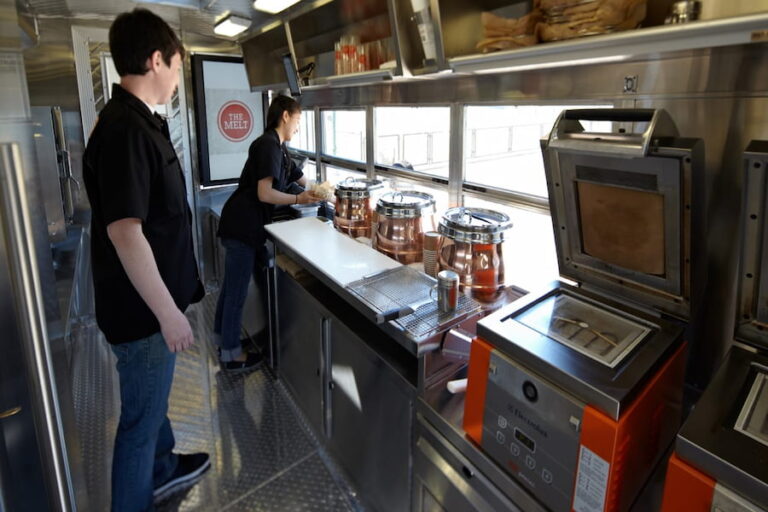Microinverters: The Pragmatic Choice for Efficient Solar Energy Conversion

In solar energy systems, the choice of components can be a pivotal determinant of performance and long-term reliability. One particular component that has been gaining significant traction in recent years is the microinverter. In this article, we will elucidate five compelling reasons why embracing microinverters is an informed decision for those seeking optimal solar energy conversion.
Contents [show]
Enhanced Energy Harvesting Capabilities
Microinverters are miniature power conversion devices designed to work in tandem with individual solar panels. Unlike their conventional counterparts, which operate in strings, microinverters are affixed directly to each solar panel. This configuration allows them to optimize the energy output of each panel independently. This means that even if one panel is partially shaded or underperforming, the others can continue operating at peak efficiency. In other words, microinverters maximize the energy harvesting potential of your entire solar array, ensuring that you get the most out of your investment.
Improved System Reliability
One of the inherent advantages of microinverters is their resilience to system-wide failure. In traditional string inverter setups, a single malfunctioning panel can lead to the underperformance or shutdown of the entire system. Microinverters, however, isolate the performance of each panel, mitigating the risk of system-wide failure. This enhanced reliability translates into peace of mind for solar system owners, knowing their investment is less susceptible to downtime.
Easy Scalability
Flexibility and scalability are paramount when it comes to solar energy systems. Microinverters offer a straightforward solution to this issue. Expanding your solar array is a seamless process with microinverters since each additional panel can be integrated without necessitating significant alterations to the existing setup. This ease of scalability allows homeowners to start small and gradually expand their solar systems to meet evolving energy needs.
Enhanced Monitoring and Troubleshooting
Microinverters are equipped with advanced monitoring systems that provide real-time data on the performance of individual panels. This level of granularity in monitoring is invaluable for system maintenance. Should any panel exhibit suboptimal performance, pinpointing and rectifying the issue promptly becomes much easier. Traditional string inverters need more detail, making troubleshooting a more challenging endeavour.
Increased Safety
Safety is paramount in any electrical system, and solar arrays are no exception. Microinverters are designed with safety in mind. Converting DC power from each panel to AC power right at the panel significantly reduces the risk of high-voltage DC wiring in your system. This inherent safety feature protects your solar system from potential hazards. It makes installation and maintenance safer for technicians and homeowners alike.
Conclusion
Adopting microinverters in solar energy systems represents a pragmatic choice for those seeking to harness the full potential of their solar panels. These devices offer superior energy harvesting capabilities, improved system reliability, easy scalability, enhanced monitoring, and increased safety. While the decision ultimately depends on individual needs and circumstances, microinverters’ merits are worth considering for anyone embarking on a solar energy journey.





